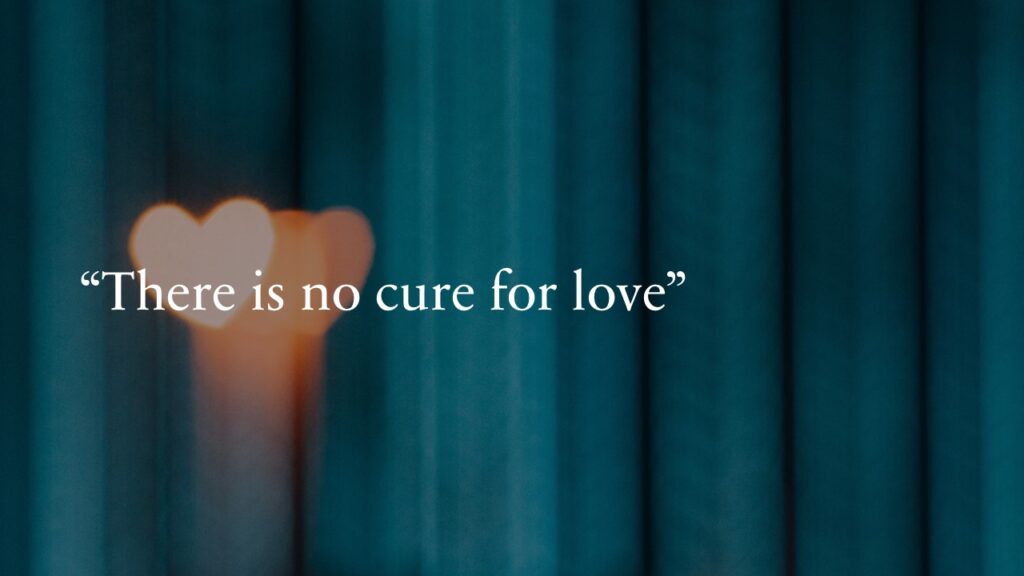The Brazilian Portuguese word “amor,” which means “love,” refers to a wide range of beliefs, feelings, emotions, attitudes, and behaviors that characterize gender relationships, sexual encounters, and emotional connections. The challenges, however, arise when people distinguish between the “paixao” and the “amor” kinds of love. When they try to explains what these notions mean and how they differ, they are often uncertain, vague, and offer inconsistent explanations.
As a popular Brazilian saying states, “o coração é terra desconhecida”, that literally means “the heart is an unknown land.”
Brazilian distinction between paixao and amor love
The Brazilian lexicon of love distinguishes between paixo as passion and infatuation, associated with the tumultuous emotions of sexual attraction, and amor, as stable and deeper feelings of love. Nevertheless, for many, it is difficult to tell the subtle differences between paixao and amor. They are not always sure which one is true love. People may find it especially challenging to identify these feelings in the context of their personal emotional experience. As they say, the subjective experiences of paixao and amor are very similar. It is especially challenging to distinguish between these love emotions when a relationship is just in the beginning. At these early stages of encounters, the two feelings are intertwined together.
As American Professor of Anthropology Linda-Anne Rebhun noted from her study in Northern Brazil, when people tried to differentiate their descriptions of amor and paixao, they often used similar wording. For instance, as a twenty-five-year-old man said,
“Amor is when you feel a desire to always be with her, you breathe her, eat her, drink her, you are always thinking of her, you don’t manage to live without her. There are moments when you will adore staying with her, and there will be moments when you will hate to stay with her. And about paixão, you feel an attraction as if it were a rocket: I want to hug you, to squeeze you, to kiss you. But this is not love, it’s horniness, a very strong sexual attraction for a person”
(Rebhun, 1995, p.254).
This Is How Brazilians Explain What Love Is
For many Brazilians, it is challenging to say whether what they are feeling is true love or merely paixão. They say that they can’t always tell what they’re feeling when they’re in love. Sometimes they realize that they love someone only later, when their relationship ends. They recognize that they thought they hated him or her. Actually, it turned out they loved them but didn’t know it or didn’t want to acknowledge it.
As a twenty-six-year-old man put it,
“Generally, paixão is shorted-lived while amor is more enduring and lasts much longer. Now, amor and paixão, they walk together, but before the end of the road, paixão, it stops walking. But amor goes the whole distance, no matter how difficult the road, amor walks with you, and if you fall, amor carries you.”
(Rebhun, 1995, p.253).
Brazilians characterize paixão as prone to more idealization than amor. Therefore, being in paixão, a lover is at great risk of disappointment and disenchantment. As a twenty-eight-year-old man said,
“Paixão is that fantasy, that you see the person and start to imagine how they are. But with time the impression changes and one becomes disillusioned, and goes looking for another person to idealize, always thinking, “This is her! This is the only one!” But it never is, because it is imaginary”
(Rebhun, 1995, p.253).
Or, as another man of nineteen-years old commented,
“Paixão is a temporary sentiment. It doesn’t last forever. It is only something that we beautify about someone. We idealize them, but that is temporary. At times paixão is the deceiver because it seems like amor. But paixão is quick, it is also very greedy; it only wants for itself. Paixão is where jealousy exists. Amor does not have jealousy, it lasts forever. It is certain. But paixão is unsure, and uncertainty is what breeds jealousy”
(Rebhun, 1995, p.253).
How Do Brazilian Men and Women Differ in Their Understanding of Love?
Both Brazilian men and women discern between the words paixao and amor, although men appear to be more confused and puzzled when they need to distinguish between the meanings of these feelings of love. Many men acknowledge that true love can exist for more than one woman at a time, although women strongly deny this possibility. They believe that amor is only monogamous and committed feelings. In the same vein, some married men believe that their affairs will not endanger their marriages because their feelings for the “other woman” are “paixo”, whereas their feelings for their wives are “amor“.
Concerning this point, many women see this male mentality as a sign that they are incapable of experiencing true love. Women believe that paixão is youthful, immature feelings, while amor is a mature and committed emotional experience. Many women say that their feelings for their spouses evolve with time in their relationship and marriage. Some women believe this transition occurred due to their own personal maturation rather than because of the change in their paixão.
In recent years, the modern Brazilian understanding of the relationship between paixão and amor has evolved. People believe that these two kinds of love can merge together when sexual passion fuses with true love in marital relationships.

